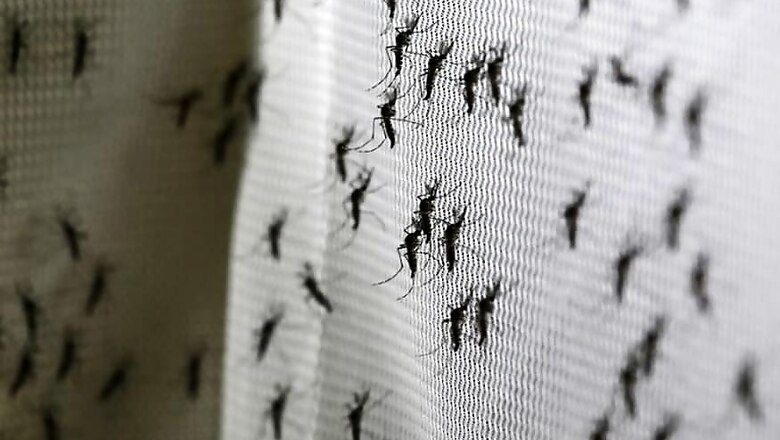
views
Two new species of mosquito have been discovered in Eocene deposits from northwestern Montana that reveal how these parasites have changed over the last 46 million years. According to Smithsonian Insider, the species were found in well preserved shale deposits and the details of the new fossils have helped scientists determine they represent two previously unknown species.
According to the report, Dale Greenwalt, a volunteer at the Smithsonian’s National Museum of Natural History, and co-author of a recent paper on the discovery said that the fossils are not the insects trapped in amber but compression fossils made of shale.
Greenwalt further explains that the newly named Eocene mosquitoes — Culiseta kishenehn and Culiseta lemniscata — represent just two of the hundreds of mosquito species that have come and gone in the last 45-million years.
“The consensus is that one species of insect might be able to make it through one million or two million years, and in the extreme maybe 10 million years. So it is amazing how similar the insects flying around today are to the ones that were flying around 50 million years ago. We can find morphological differences that distinguish specific species, but overall they are extremely similar,” Greenwalt was quoted as saying by Smithsonian Insider.
Another intriguing things is the level of preservation in the Montana fossils, which contain details as minute as wing veins, sexual organs, scales and hair-like structures on the wings of the mosquito.
“To think that something as fragile as a mosquito would die and settle to the bottom of a body of water and be preserved in rock is extraordinary. It must have been shallow, very calm water with an extremely thin annual sediment layer—something only a few hundred microns thick,” Greenwalt said adding that the Montana climate was much warmer then—wet subtropical to tropical.
For several years now, Greenwalt and his colleagues have been excavating insect fossils from Kishenehn Basin shale in northwestern Montana. So far, they have managed to collect nearly 20,000 fossil insect specimens, Greenwalt told Smithsonian Insider.
“The vast majority are tiny gnats, an insect related to mosquitoes. The next most common is an aquatic bug that once scuttled around on the surface of shallow ponds and swamps,” Greenwalt said.
“So far we have 35 fossil mosquitoes. The Kishenehn formation is turning out to have more highly preserved fossil mosquitoes than any other place in the world," he added.

















Comments
0 comment